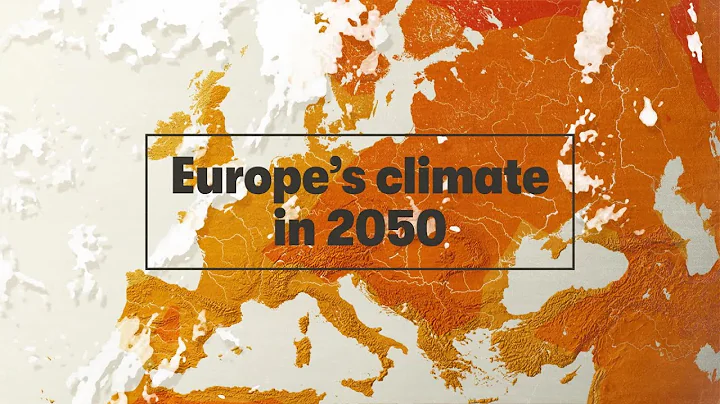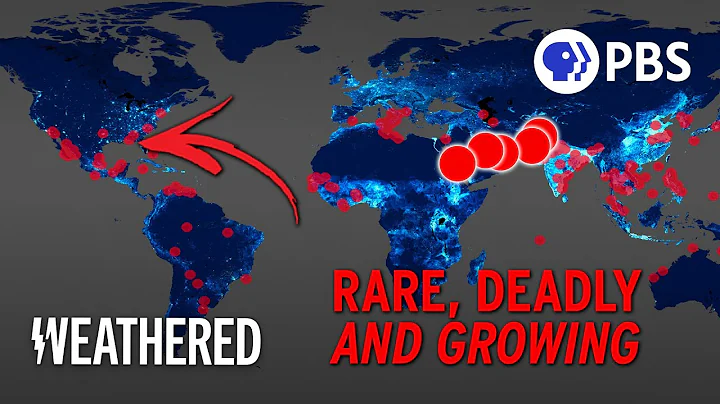

html Chapter 3 Super WeChat avatar is a photo of a young man who looks like the 1990s. He has a fluffy perm and a pair of black-rimmed glasses on the bridge of his nose. The mobile phone he is talking on was still a rare item at the time. , much thicker than today’s smartphones. Such memorable Chinese images as
are deeply rooted in Zhang Chao’s mind.

Zhang Chao's photographic work "Spring Plowing"
Zhang Chao was born in Xiangyang, Hubei Province in 1986. Like many people who grew up in the 1980s and 1990s, we always look back on the past frequently in the present. Those experiences that we have experienced only occasionally now The memory anchors that are only remembered are, for him, scattered images of China floating in his memory. They are providing sufficient nutrients for him as a fashion photographer.
In 2006, Zhang Chao entered the Photography Department of the Central Academy of Fine Arts to study, a typical academic background. When he was in high school, he had his own camera. In his spare time, he liked to take pictures here and there with the camera. He worked hard and was determined to study photography. After he was admitted to the Central Academy of Fine Arts, he was admitted to the Central Academy of Fine Arts. When he was divided into majors in his second year, he devoted himself to the photography department without hesitation. The main reason was that "he wanted to learn more professional things and understand more about photography technology."

fashion editor Wang Hao and Zhang Chao met each other. There are more than ten years of cooperation experience, and the cooperation experience is nearly ten years. In a sense, Wang Hao was the first Bole to discover his good seedling. In 2008, Wang Hao prepared to launch an electronic magazine. During the millennium, electronic journals were an emerging product. Unlike now, where everything can be used as an experimental field, making an electronic journal was a lot of work. It was first developed using the Java program and then uploaded to the server. , if readers want to read it, they must download it to their computer and use matching program software to open it. In order to create fashion content for an e-magazine, Wang Hao and his cooperating photographer Ren Hang went to the Central Academy of Fine Arts to shoot the works of student designers. Zhang Chao, who was still studying at the time, came over to help, and they hit it off right away. "After that, we kept in touch, and later he went to study with photographer teacher Mei Yuangui . After he graduated, I naturally invited him to shoot pictures. We all hit it off on many ideas and creations.
In his impression, Wang Hao remembers that the first time he asked Zhangchao to shoot was a topic selection by an amateur. The two reached a consensus on the concept of "exploring Chinese aesthetics", "We have been in the same position for a long time. The aesthetic influence of Western fashion, so I especially want to try something about Chinese aesthetics.”

Zhang Chao’s video works have many connections with Chinese imagery, mostly related to China’s local customs, whether they have a long history. The ancient capital is also a resort with beautiful mountains and rivers. He gives them stories from a humanistic perspective and searches for China in the images. He classified this characteristic as "self-retrospection and excavation when the time is right",
"The editors I often work with are almost of the same generation. The fashions I have been exposed to since childhood are all imported, and what I have received is Western aesthetics. I feel that now we have reached a new stage, and we have enough ability to explore the past, present and future on our own, and we must have a Chinese-style expression. "

" I will ask myself from time to time. It’s a sense of ‘high-end’. How should we distinguish it from Western aesthetics? So we can only look for experiences from our own bodies, look for clues from the memories of people born in the 1980s, and extract things that make us feel.” He thought for a while, "It's like something you loved to eat when you were a child. When you grow up, others may judge the food based on some universal standards and tell you whether it tastes good or not, but no matter whether the food itself tastes good or not, It’s the same thing I ate when I was a kid, and it’s what I want. Now I’m making some attempts to sort it out.”
In the field of fashion photographers, Zhang Chao is undoubtedly a hot one. , and has maintained long-term cooperative relationships with many fashion publications.When it comes to the creation and judgment of a photographer's style, sometimes half of it depends on the photographer himself, and the other half depends on whether the photographer matches the subject. Editor Xiao Fei believes that Zhang Chao has a strong control over China's local aesthetics, "especially the Chinese style of 'local cool', which seems to be easily accessible." Wang Hao believes that Zhang Chao's interpretation and refinement of the core of Chinese culture is unique. Nowadays, regardless of the various evaluations given to Zhang Chao’s photography style by the outside world, the label topic of “style” is left to the photographer himself to answer, and the answer he gave is “simple”.
simplicity means simplicity and sincerity. It will neither flatter a certain fashion, but reflect it truthfully. Zhang Chao feels that if the storytelling in a set of blockbusters wants to be presented realistically, the reasons are: first, the content must stand up, the theme content is the spine and core of the blockbuster, and everything must revolve around it; second, the visual Sometimes you should serve the theme, be more restrained, eliminate complexity and keep it simple, rather than overwhelm the focus. You must understand that photography is not about showing off your skills. "Compared with the visual effects presented by the photos, I think more about the photos themselves, as well as the status of the characters. I think I might want to pursue something that can be interpreted in a literary way." He said.
In 2016, he shot "Northern North" for "Harper's Bazaar " in January. Model Zhang Lina wore a high-end fashion jacket and an authentic military coat, sitting leisurely in a Beijing alley. Or wearing a fur hat and a red Tang suit, she stood in front of Beijing's iconic red wall and looked at the camera calmly. She walked through Beijing's Houhai Sea, the Drum Tower, the Fourth Ring Road overpass... placed in the present moment. , it seems that this series of photos will indeed be controversial because of the inclusion of some symbols that are suspected of being metaphorical. However, for Zhang Chao, the photographer at the time, the "literary interpretation" in this series of photos was what he wanted to emphasize. ——The image of Chinese women in history, "As long as we are open and tolerant in our hearts, we can see many possibilities. In my case, the essence of fashion film is to display clothes, and you can give it some literature It is enough to have the possibility of sexual interpretation and resonate with some people. "

However, this kind of "down-to-earth" Chinese-style local fashion films were not popular at the time, and they were enthusiastically sought after. The now controversial " Orientalism " painting style - amplifying the distinctive totems of traditional Chinese culture and using it as a decorative photography style, was very popular at that time. So-called "Chinese fashion photography" has become a suture-like spectacle that confuses Western prejudices with the cultural aggregation of many Asian countries.
Zhang Chao has experienced such a period of Chinese fashion photography. His collaboration with Wang Hao has produced frequent masterpieces, including the themes "River" and "Spring Plowing" in the well-received cover blockbuster "Rivers, Lakes and Seas". In a series of fashion blockbusters with Chinese characteristics, he vividly and unreservedly displayed the Chinese humanities. He is always able to keenly refine the grander cultural symbols in Chinese culture, images that are not rigid symbols, and shape them in a way that is more spiritual and charming.
"Cooperating with Zhang Chao is a process of thinking about Chinese fashion. We hope that everyone can present these thoughts through photography. This is also an important reason why we gain a sense of accomplishment from our work." Wang Hao concluded.


Recently, Zhang Chao held his first work exhibition "Where He Grows" at the Picture Art Museum in Xiangyang, his hometown. A total of 98 works were displayed. The characters included actors, students, lawyers, athletes, salesmen, and those on the front line of the fight against the epidemic. medical workers, etc. The title of the exhibition is a pun. "The place where I grew up" refers to his hometown of Xiangyang, and on the other hand, it also refers to his identity of growing up in China that is connected with the person in the mirror. In his own way, he secretly built a connection between subtle individuals and the grand cultural picture. "Fashion is first and foremost an industry. For me, it is also an expression context. It represents both self and communication." Desire,” he said in a previous interview.
In addition to continuing to explore Chinese aesthetics, Zhang Chao hopes that his works can also reflect a sense of humor. Take his Weibo avatar as an example. It is the photographic work "Teardrops" by Man Ray: a picture of a woman's sad and melancholy face, with five glass teardrops hanging on it. "It impressed me the most. It's a sense of humor."

Man Ray's photography "Teardrops"

"Fashion photography itself is not an overly serious way of expression, but is more of a commercial behavior in this context. In order to overcome the lack of seriousness in fashion photography, I hope that its presentation method is more neutral, which can provide more space for others to interpret, and the interpretation itself can be either relaxed or serious." Author of
. :Xu Xiaomiao
Editor: INKY NO
Picture source: Zhang Chao
New media producer: Li Hui
New media editor: Chen Jia
New media internship editor: Chen Xi






















